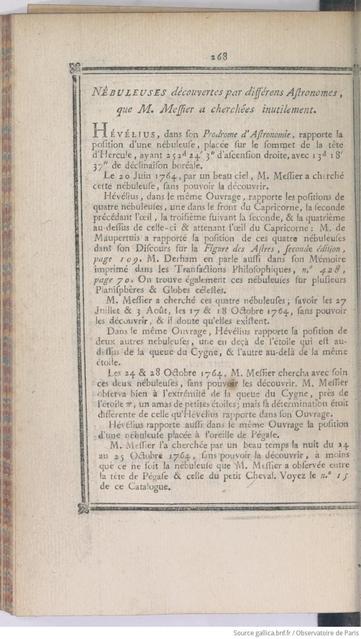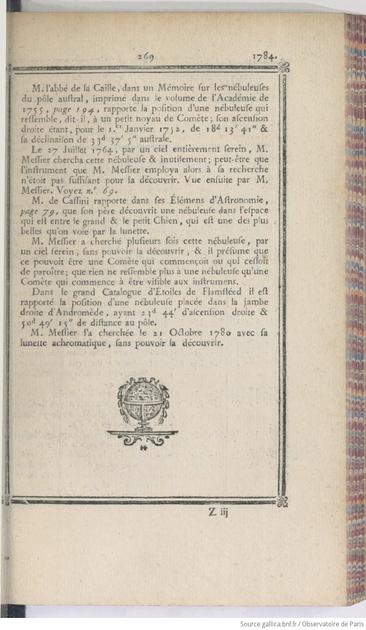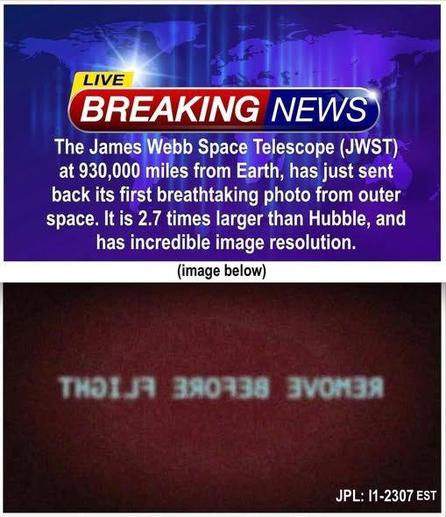
This company's plan to launch 4,000 massive space mirrors has scientists alarmed: 'From an astronomical perspective, that's pretty catastrophic'
Reflect Orbital says their light-on-demand idea has generated significant interest from commercial and government customers.
What a Signal in a Failed Star’s Clouds Means for the Search for Life
The detection of the molecule
#phosphine in a
#browndwarf’s atmosphere may help
#astronomers in their search for life elsewhere in the Milky Way,a molecule that on this planet is produced by living things.
This discovery is not life, the astronomers say. Any life as we know it would be impossible to sustain in such an environment.
https://www.nytimes.com/2025/10/02/science/brown-dwarf-phosphine-life.htmlhttps://archive.ph/7nyuM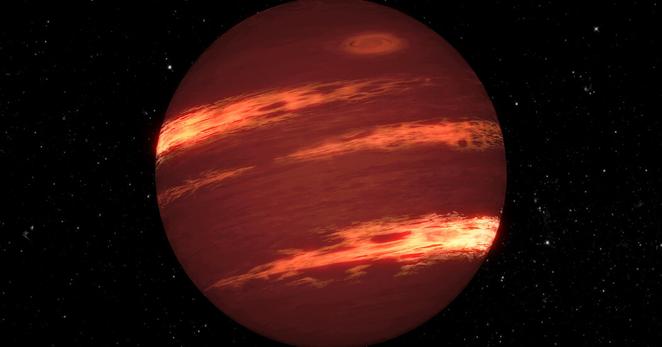
What a Phosphine Signal in a Brown Dwarf’s Clouds Means for the Search for Life
The detection of the molecule phosphine in a brown dwarf’s atmosphere may help astronomers in their search for life elsewhere in the Milky Way.
#Astronomers have uncovered a previously unknown, extreme kind of star factory by taking the temperature of a distant galaxy using the ALMA telescope. The
#galaxy is glowing intensely in superheated cosmic dust while forming stars 180 times faster than our own Milky Way.
#Astronomy #sflorghttps://www.sflorg.com/2025/11/astr11122501.html 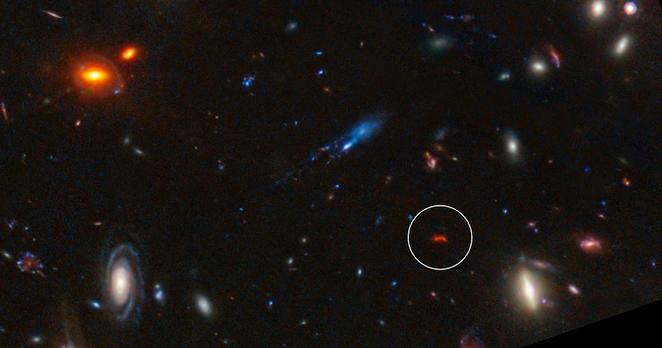
Astronomers discover a superheated star factory in the early universe
Stars like our Sun are forged in huge, dense clouds of gas in space.
#Astronomers
Let #ADSabs know how they are doing
They value your feedback. However, they are making most improvements to #SciX so let them know if you have tried that as well
ADS User Survey
https://docs.google.com/forms/d/e/1FAIpQLSeW-QnDYEZhpe4dYZcUHvnund1edrHXFZvp_c2BGaj2BmWJVA/viewform
#astronomy @SciXCommunity #heliophysics #planetaryscience
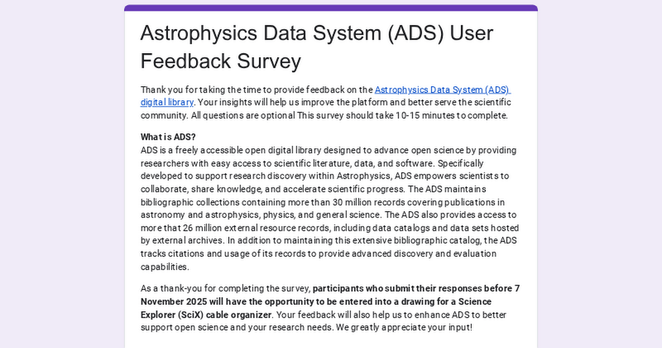
Astrophysics Data System (ADS) User Feedback Survey
Thank you for taking the time to provide feedback on the Astrophysics Data System (ADS) digital library. Your insights will help us improve the platform and better serve the scientific community. All questions are optional This survey should take 10-15 minutes to complete.
What is ADS?
ADS is a freely accessible open digital library designed to advance open science by providing researchers with easy access to scientific literature, data, and software. Specifically developed to support research discovery within Astrophysics, ADS empowers scientists to collaborate, share knowledge, and accelerate scientific progress. The ADS maintains bibliographic collections containing more than 30 million records covering publications in astronomy and astrophysics, physics, and general science. The ADS also provides access to more that 26 million external resource records, including data catalogs and data sets hosted by external archives. In addition to maintaining this extensive bibliographic catalog, the ADS tracks citations and usage of its records to provide advanced discovery and evaluation capabilities.
As a thank-you for completing the survey, participants who submit their responses before 7 November 2025 will have the opportunity to be entered into a drawing for a Science Explorer (SciX) cable organizer. Your feedback will also help us to enhance ADS to better support open science and your research needs. We greatly appreciate your input!
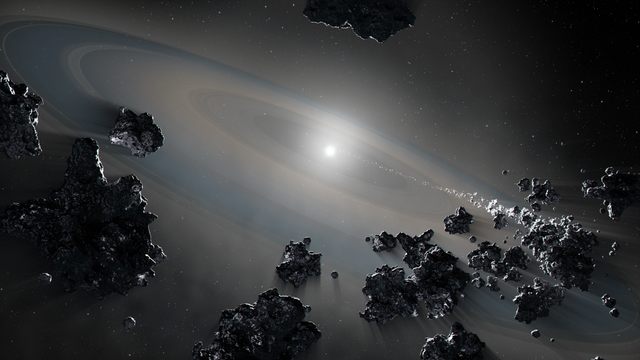
Astronomers Spot a White Dwarf That's Still Consuming its Planets
Astronomers found a 3 billion-year-old white dwarf actively accreting material from its former planetary system. This discovery challenges assumptions about the late stages of stellar remnant evolution.
#Astronomers
Try your ADS accounts & libraries in #SciX by midnight on the #crossquarterday to obtain a lifetime of necromancy-free results (limited time offer)
@SciXCommunity guarantees your safety or your money back
Witchhead Nebula (NASA/STScI Digitized Sky Survey/Noel Carboni)
#Earth Has a New ‘
#QuasiMoon,’ and It May Be Very Tiny
The object shares Earth’s orbit around the sun and could be with us for almost another 60 years.
Latest object is an
#asteroid that
#astronomers are calling
#2025PN7. It has an orbit that’s similar to Earth’s around the sun, meaning it’s like a car traveling in same lane as our planet. It’s what’s known as a quasi-moon. And of handful of known quasi-moons, this one could be smallest, about 52ft
https://www.nytimes.com/2025/09/19/science/earth-quasi-moon-asteroid.htmlhttps://archive.ph/T32fs 
A Tiny Quasi-Moon is Following Earth Around the Sun
The object, the latest “quasi-moon” detected by astronomers, could be with us for almost another 60 years.

